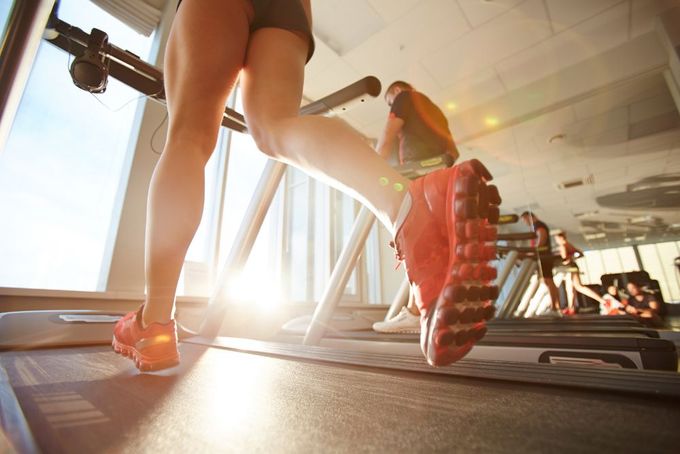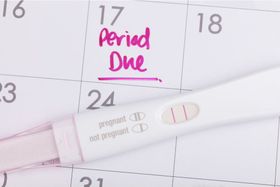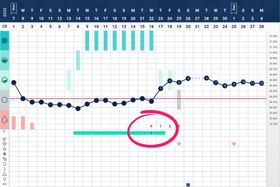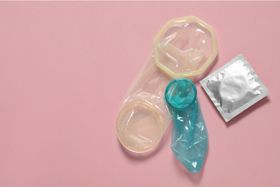Staying Healthy as a Serious Female Athlete: What You Need to Know About the Female Athlete Triad
Updated July 1, 2025
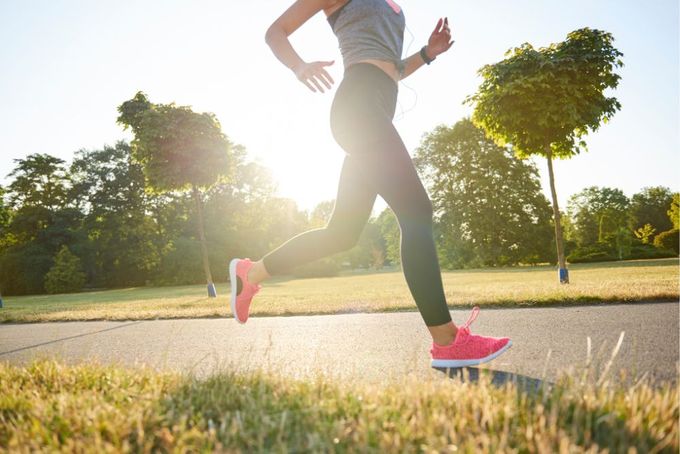
Athletes are seen as the pillar of health in modern society. They dedicate years of their life to a sport, pushing their mind and bodies through limits, and inspiring a sense of passion in others as well.
Both young women who compete in sports and professional female athletes are pursuing physical fitness, but too often, gender bias and lack of comprehensive support means this comes at the cost of their long term health.
Three health conditions, including low energy availability, menstrual irregularities, and low bone density, are so common among female athletes, researchers and clinicians have dubbed them “The Female Athlete Triad.”
Low Energy Availability
Low energy availability or Relative Energy Deficiency in Sports (RED-S) is when an athlete doesn’t meet the nutritional requirements for the amount of energy they need to exert. This happens due to:
- Disordered eating
- Eating disorders
- Unintentionally not consuming enough calories
- Overtraining and burning too many calories
Disordered eating and eating disorders are most common culprits in sports emphasizing physique, weight class, or endurance.
Especially for menstruating women, this is extremely damaging to the hormones and can cause missing periods, which leads to low levels of estrogen and progesterone. Healthy sex hormone levels are required for the bones to have enough calcium, so RED-S can also lead to bones becoming more porous.
This leads us into the next two parts of the triad.
Menstrual Irregularities
Menstrual cycle disturbances, including missing cycles (amenorrhea), painful periods (dysmenorrhea), and other abnormalities, are also prevalent among female athletes.
Girls and women who compete in sports or physical activities are often told a benefit of overtraining will be to have a lighter or absent period. The attitude around menstrual cycles is they’re inconvenient at best and shameful at worst.
Women who I’ve worked with have told me they were told if they leak through a tampon or pad during a training session, they need to train even harder. Others were told by coaches the sharp pain they felt meant their cycles were ending, then were encouraged to push through the pain.
Almost no one was told the truth: the health of your menstrual cycle is a vital sign, and estrogen and progesterone interact with every single system in your body.
Menstrual cycle disturbances are caused by underlying health problems known to impact physical and mental health alike. Having a regular, healthy menstrual cycle benefits your body holistically for the rest of your life, even as you enter menopause, because of the way your hormones can protect bodily functions in your bones, brain, heart, and more now.
Low Bone Density
Estradiol (the primary type of estrogen in the menstrual cycle) and progesterone work collaboratively to help with optimal bone mass density.
Many female athletes, due to RED-S and menstrual cycle irregularities, lack the optimal levels of estrogen and progesterone. This puts them at risk for increased likelihood of injury, stress fractures, osteopenia (weakened bones), and overtime, which can lead to osteoporosis, which is a disease marked by porous and weak bone structures.
Osteoporosis is shown to lead to shortened life expectancies due to the increased risk of collapsed vertebrae in the spine and serious injury.
80% of the 10 million Americans with osteoporosis are women.
As a community of women who are passionate about menstrual health and fertility, we cannot help but wonder: what role does stigma, misinformation, and gender bias in research play in the prevalence of The Female Athlete Triad? If more research is done and more coaches and athletes learn about their menstrual cycles, this could lead to better outcomes.
Slowly but surely, the demand for comprehensive healthcare for women is growing. With it, we hope a new kind of triad becomes commonplace: one including physical wellness, mental health, and body awareness - including better awareness of the menstrual cycle - for female athletes of all ages and levels.

